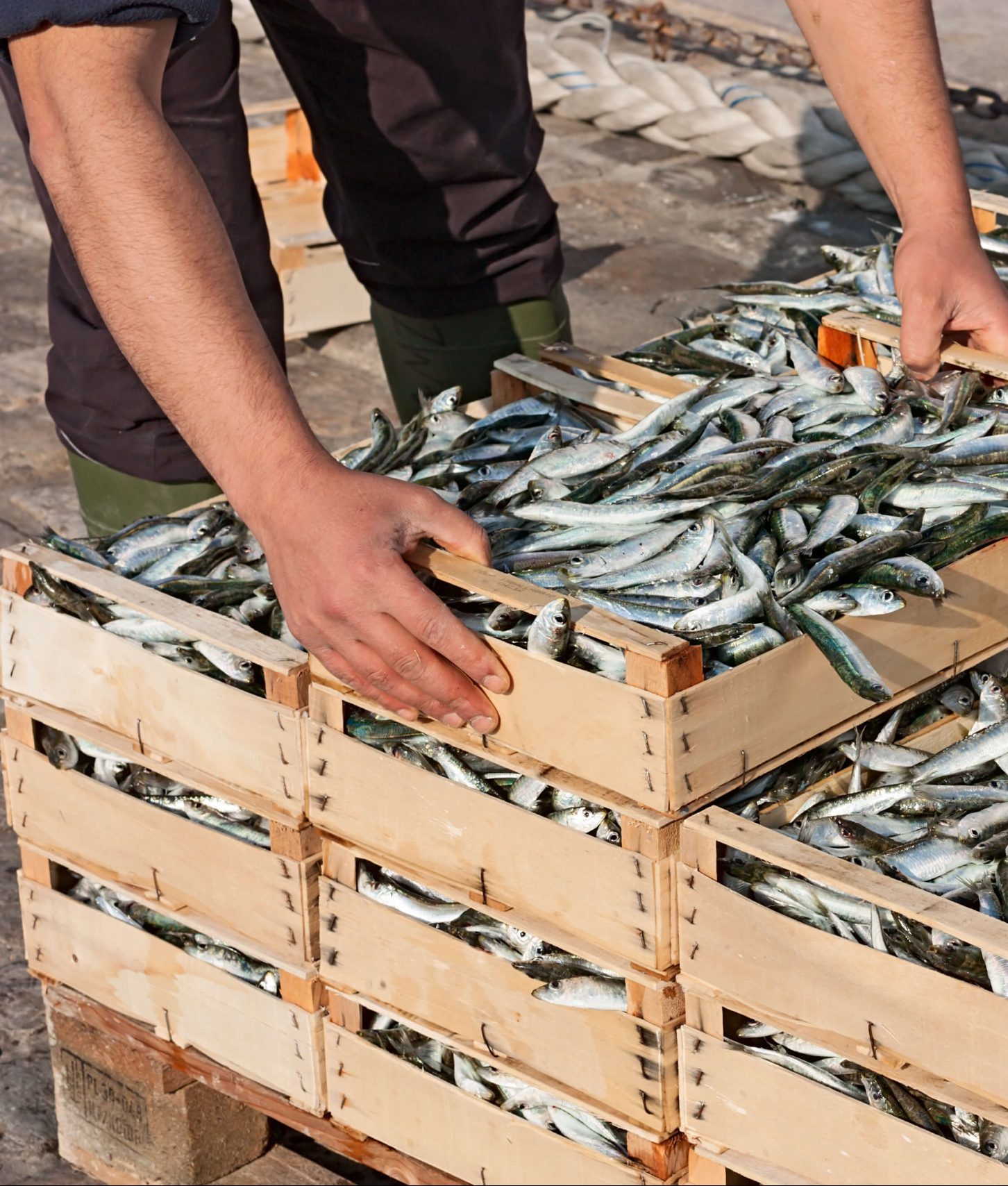Suppliers
Suppliers represent a complex and pivotal part of the seafood supply chain through their activities sourcing from and selling to multiple companies. Given their unique access to operations throughout the supply chain, suppliers can have a critical influence on the implementation of best practices and have the power to improve conditions and sourcing options across the industry.

What is a supplier?
A supplier is a company that purchases seafood and sells it to end buyers (e.g., retailers or wholesalers). These companies source, store, process, package, and transport seafood to a variety of buyers. Often, companies will describe those they source from as suppliers, with “tiers” denoting the degree of difference between the companies:
- “Tier 1” supplier = sells directly to an end buyer
- “Tier 2” supplier = sells to a Tier 1 supplier
Compared to vertically integrated suppliers, suppliers that source seafood from importers often have additional links in their supply chains. Because of this, these suppliers should review the guidance provided to brands and retailers to determine what is most relevant to their operations.
Roadmap Guidance
Suppliers in the seafood sector frequently manage diverse sourcing portfolios, which span producers, processors, and intermediaries. You are key to cascading human rights expectations across supply chains. Conducting due diligence enables you to screen and support your sources more effectively, while ensuring traceability and ethical integrity in supply chains.
Ensure that no worker in your operations or in your upstream supply chain pays recruitment fees. Conduct due diligence on your own recruitment practices and on any producers or processors you source from. Require evidence from labor brokers that no fees are charged to workers.
Review and standardize employment contracts across your sites and your suppliers. Contracts should be clear, multilingual, and include terms on wages, working hours, rest days, and repatriation. Support suppliers in delivering verbal briefings or visual aids to explain terms to workers.
Require upstream suppliers to disclose hiring channels and recruitment practices. Where risks are identified, help develop corrective plans and ensure workers are informed and involved.
Train HR teams, site managers, and recruiters on ethical recruitment standards. Share training resources and offer joint sessions, where needed.
Establish or support effective and non-retaliatory grievance channels at your sites and at producer or processor facilities in your supply chain. Examples include multilingual hotlines, secure drop boxes, SMS-based tools, or support through trusted NGOs.
Ensure that grievance procedures are known to workers and clearly posted. Confirm they are accessible regardless of contract status, literacy level, or nationality.
Support worker committees or elected representatives and create opportunities for regular engagement between management and workers at your facilities and in supplier sites.
Promote freedom of association by engaging with trade unions, worker committees, and trusted organizations. Ensure that workers can organize safely and are involved in identifying and addressing labor risks.
Partner with civil society or local labor groups to support worker-led grievance and remediation processes. Include these partners in orientations, feedback sessions, and training.
Work with producers and processors to remediate recruitment-related issues such as unpaid wages or illegal deductions. Share costs for reimbursement to workers where needed and support improvements to policy and procedures.
Align expectations on labor standards and recruitment with buyers. Leverage buyer support for long-term improvements, such as professionalizing recruitment processes, upgrading housing facilities, or advocating with government officials.
Establish improvement milestones for upstream suppliers and track progress. Provide technical support, guidance, or resources to help achieve these goals, including safer recruitment practices or effective grievance systems.
Join multi-stakeholder efforts to address labor risks in seafood and increase your leverage for change. Sharing tools, templates, and lessons across peer groups helps raise supply chain standards.
Monitor performance across your operations and your supply base. Track recruitment fees reimbursement, contracts reviewed, worker feedback gathered, and grievance cases resolved.
Identify areas for improvement using risk assessments, audits, worker surveys, and grievance data. Demonstrate transparency and commitment by sharing anonymized examples of remediation and progress.
Provide templates, tools, and coaching to support your suppliers in reporting progress. Build a feedback loop that helps you and your suppliers continuously strengthen recruitment and labor practices.
Build trust and show you are taking action to create safe and fair working conditions by communicating openly about challenges and improvements—with buyers and, when appropriate, with the public.
